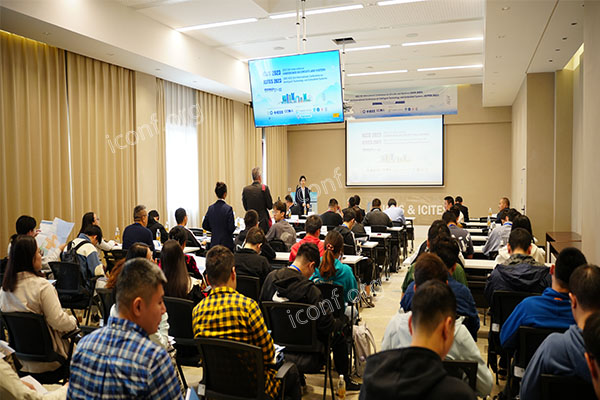In today’s fast-paced technological era, innovations in electronics and electrical engineering are reshaping industries worldwide. Academic conferences in these fields provide a premier platform for researchers to present breakthrough studies, share innovative ideas, and build international collaborations. Responding to a call for papers (CFP) in electronics and electrical engineering not only elevates your research profile but also accelerates the advancement of cutting-edge technologies.

Why Respond to a CFP in Electronics & Electrical Engineering?
Global Exposure and Networking
- Present your research to a diverse audience of industry experts, academic peers, and policymakers.
- Forge partnerships that foster interdisciplinary collaborations and open doors to future funding opportunities.
Advancement of Innovation
- Contribute novel research in areas such as semiconductor technologies, power electronics, wireless communications, and IoT.
- Drive technological progress by sharing insights on sustainable and efficient electrical systems.
Enhanced Academic Impact
- Gain constructive feedback from experienced reviewers that can refine your methodologies.
- Increase your research visibility through high-impact academic conferences.
Key Steps to Prepare a Successful CFP Submission
1. Thoroughly Review the CFP Guidelines
- Theme Alignment: Ensure your research aligns with the conference’s focus areas, whether it’s advanced circuit design, renewable energy systems, or next-generation communication technologies.
- Formatting Requirements: Adhere to all specified formatting, word count, and citation style requirements to avoid technical rejections.
2. Craft a Compelling Abstract
- Concise and Informative: Clearly state your research objectives, methods, key findings, and the significance of your study in a well-crafted abstract.
- Keyword Integration: Naturally include targeted keywords to enhance your manuscript’s discoverability in search engines.
3. Organize Your Manuscript Effectively
- Structured Format: Use the IMRaD (Introduction, Methods, Results, and Discussion) structure to present your work logically and coherently.
- Visual Support: Incorporate high-quality figures, tables, and diagrams to illustrate complex concepts and data.
4. Emphasize Originality and Practical Impact
- Innovative Contributions: Highlight how your research introduces new insights or solutions that address current challenges in electronics and electrical engineering.
- Real-World Applications: Discuss the potential implications of your findings for industry, such as improvements in power efficiency, enhanced wireless technologies, or sustainable electronic systems.
5. Proofread and Refine Your Submission
- Professional Editing: Consider professional language editing services to ensure clarity and eliminate errors, particularly if English is not your first language.
- Peer Feedback: Seek feedback from colleagues or mentors to further refine your manuscript before submission.
Leverage iconf.org for Comprehensive Support
For researchers looking to maximize their success in responding to CFPs, iconf.org offers an invaluable suite of resources:
- Curated Conference Listings: Access a comprehensive database of international conferences in electronics and electrical engineering, tailored to your field.
- Expert Submission Guidelines: Benefit from detailed instructions and best practices designed to help you prepare a competitive manuscript.
- Global Networking Opportunities: Connect with leading academics, industry experts, and peers who share your passion for engineering innovation.
- Resource Integration: Explore a wealth of academic papers, journals, datasets, and collaborative tools that support your research and enhance your presentations.
Conclusion
Responding to a call for papers in electronics and electrical engineering conferences is a strategic opportunity to showcase your research, boost your academic impact, and join a global network of innovators. By following these key steps—reviewing CFP guidelines, crafting a compelling abstract, organizing your manuscript effectively, and leveraging support from platforms like iconf.org—you can maximize your chances of acceptance and drive forward technological innovation.
Take the next step in your academic journey—prepare your CFP submission today and let your research illuminate the future of electronics and electrical engineering. Visit iconf.org now to explore more resources and unlock new opportunities for global collaboration and excellence.
